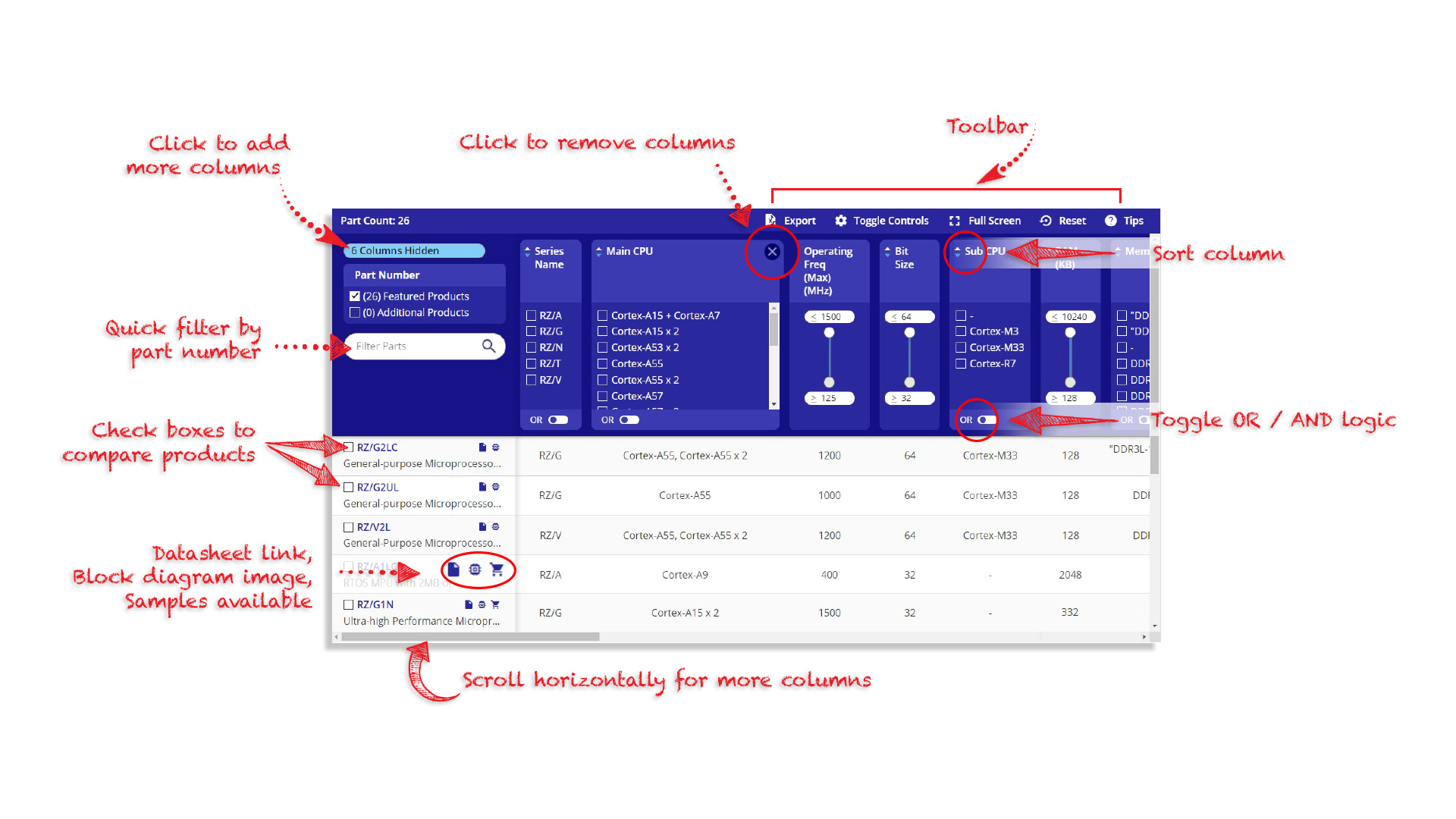Overview
Description
The DG411/883 series monolithic CMOS analog switches are drop-in replacements for the popular DG211 and DG212 series devices. They include four independent single pole throw (SPST) analog switches, and TTL and CMOS compatible digital inputs. These switches feature lower analog ON-resistance (35Ω) and faster switch time (tON 175ns) compared to the DG211 or DG212. Charge injection has been reduced, simplifying sample and hold applications. The improvements in the DG411/883 series are made possible by using a high voltage silicon-gate process. An epitaxial layer prevents the latch-up associated with older CMOS technologies. The 44V maximum voltage range permits controlling 40VP-P signals. The power supplies may be single-ended from +5V to +34V, or split from ±5V to ±20V. The four switches are bilateral, equally matched for AC or bidirectional signals. The ON-resistance variation with analog signals is quite low over a ±15V analog input range. This permits independent control of turn-on and turn-off times for SPDT configurations, permitting “break-before-make” or “make-before-break” operation with a minimum of external logic.
Features
- This Circuit is Processed in Accordance to MIL-STD-883 and is Fully Conformant Under the Provisions of Paragraph 1.2.1.
- ON-Resistance 35ΩMax
- Low Power Consumption (PD 35mW)
- Fast Switching Action
- tON 175ns
- tOFF 145ns
- Low Charge Injection
- Upgrade from DG211/DG212
- TTL, CMOS Compatible
- Single or Split Supply Operation
Comparison
Applications
- Audio Switching
- Battery Operated Systems
- Data Acquisition
- Hi-Rel Systems
- Sample and Hold Circuits
- Communication Systems
- Automatic Test Equipment
Design & Development
Models
ECAD Models
Schematic symbols, PCB footprints, and 3D CAD models from SamacSys can be found by clicking on products in the Product Options table. If a symbol or model isn't available, it can be requested directly from the website.

